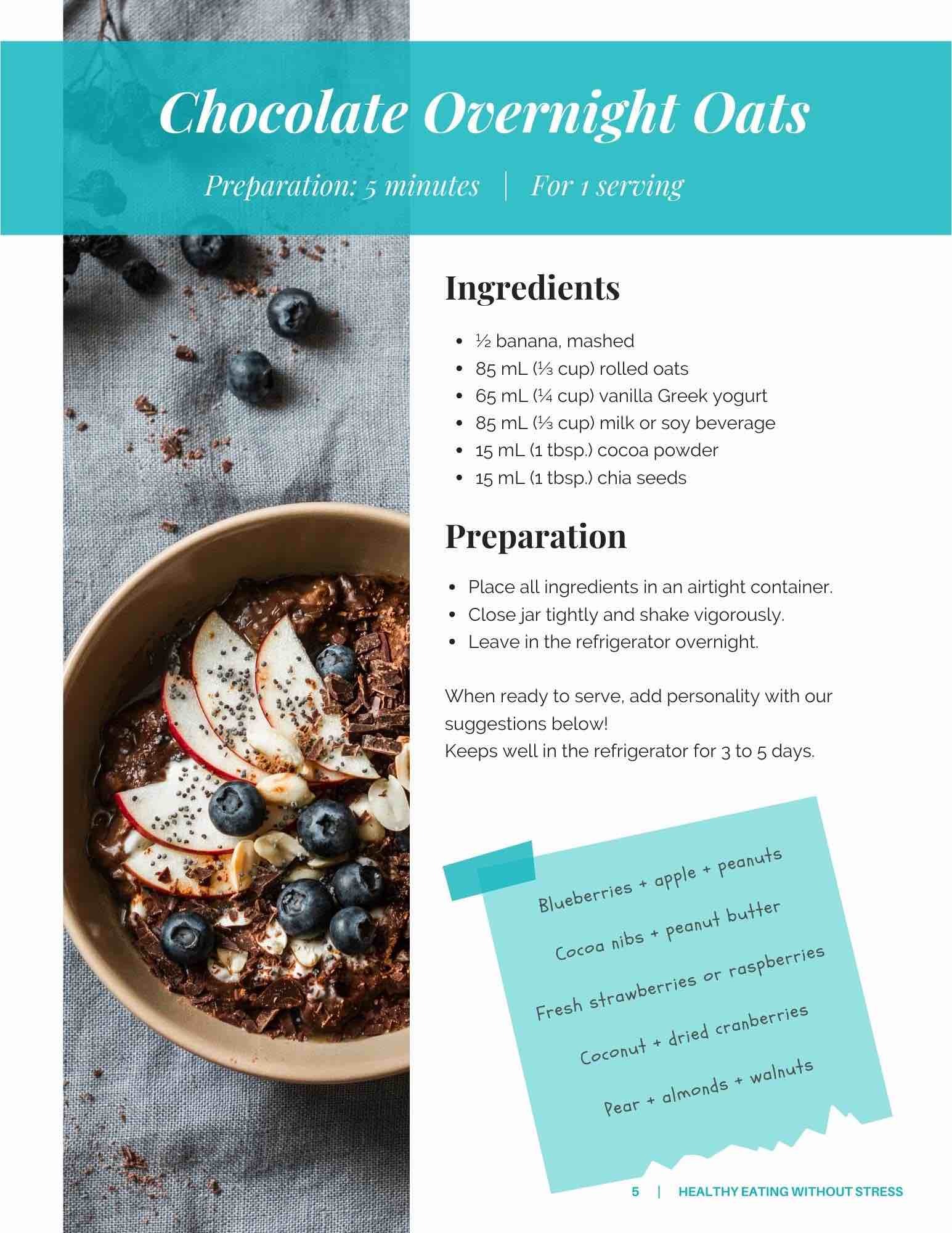
You've probably heard of it before, as it's becoming increasingly popular. You may even be wondering if the FODMAP diet could work for you. In this article, I'll give you a quick overview of the FODMAP diet and share my tips and tricks for succeeding on it.
First of all, the FODMAP diet was developed by Australian nutritionist Sue Shepherd. The term FODMAP is an acronym for a group of short-chain carbohydrates found in certain foods.
There is growing scientific evidence showing the effectiveness of this diet in reducing symptoms of irritable bowel syndrome. The basic principle of this diet is to limit, as much as possible, foods that contain carbohydrates or sugars called "fermentable." FODMAP tolerance is individual, so it's important to clearly determine and personalize the sensitivities in order to achieve symptom improvement.
What Does the Acronym FODMAP Stand For?
F = Fermentable (rapidly fermented by colon bacteria)
O = Oligosaccharides (fructans and galacto-oligosaccharides or GOS)
D = Disaccharides (lactose)
M = Monosaccharides (fructose)
A = And
P = Polyols (sorbitol, mannitol, xylitol, and maltitol)
3 Fundamental Steps in Which Your Nutritionist Will Guide You:
- FODMAP elimination phase: involves eliminating FODMAP-containing foods as much as possible, for a minimum duration of 2 to 4 weeks or until symptoms disappear.
- Testing phase: involves testing each FODMAP group and determining individual tolerance for each group. During this phase, a low-FODMAP diet is maintained.
- Reintroduction phase: after identifying non-tolerated FODMAPs, involves gradually reintroducing other tolerated groups and liberalizing the diet.
5 Tips to Succeed in Your Journey:
- Seek help from your nutritionist
- The MONASH app, developed by Monash University, is very useful in helping you make choices at the grocery store.
- Take the time to read labels to identify hidden FODMAPs
- Limit habits that cause aerophagia (air swallowing during swallowing) and reduce the consumption of coffee and alcohol.
- Cook your meals as much as possible (it's the best way to control the amount of FODMAPs consumed).
5 Delicious FODMAP-Free Recipes:
- Beef Stew with Red Wine
- Easy FODMAP-Free Chop Suey
- Low-FODMAP Buckwheat & Blueberry Pancakes
- Strawberry Mousse
- Baby Potato and Green Bean Salad
In conclusion, you've understood that the FODMAP diet is applicable to people suffering from irritable bowel syndrome. It can be worth exploring for individuals experiencing intestinal discomfort (gas, bloating, abdominal distension). The goal is to identify problematic foods and aim for a return to a normal life. Have doubts? Don't hesitate to discuss them with your nutritionist!






